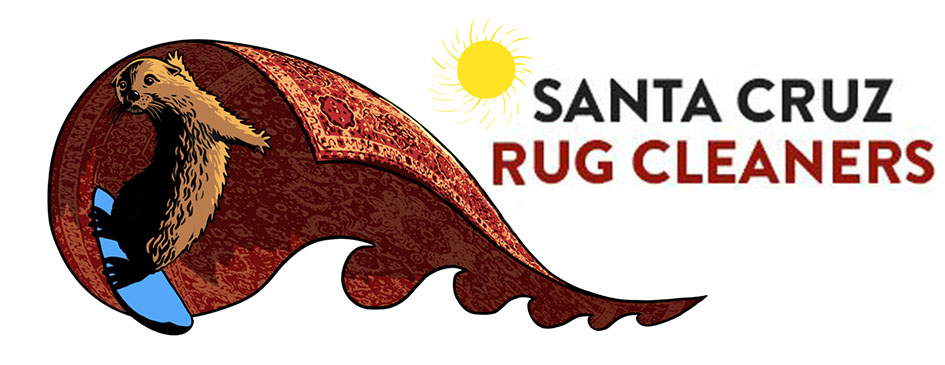Yes — your rug can hold a lot of soil
Up to six pounds of dry soil can accumulate in a rug before it even looks dirty. If you've heard wait as long as possible before cleaning — or a rug is never the same after it's cleaned, — those myths usually trace back to high-residue, unprofessional cleaning that leaves soaps behind and causes rapid re-soiling.
Why professional cleaning matters
Regular vacuuming is essential, but it only tackles surface debris. Professional in-plant cleaning reaches deep into the pile to remove embedded soils and residues that break down fibers over time.
- Maintenance: Proper cleaning extends the life of your rug and preserves color and texture.
- Health: Rugs act like filters, trapping pollen, bacteria, insecticides, asphalt dust and more — these should be removed periodically to keep indoor air healthier.
- Problem solving: Some defects — (rippling, pile distortion, shading) are often corrected or improved through proper cleaning and finishing by a certified firm.
- Odor control: Cooking, smoke, and pet odors can bind to fibers; professional processes neutralize and remove them more effectively than DIY methods.
What causes bad post-clean results?
Poor outcomes typically come from improper chemistry, insufficient flushing, or residues left in the fibers. Certified technicians match solutions to fiber type (wool, silk, viscose, synthetics), fully rinse, and dry under controlled conditions — so rugs come back clean, soft, and stable.
Smart home care
- Vacuum front & back periodically.
- Rotate every 6 12 months to balance wear.
- Blot spills immediately — don't scrub.
- Use a quality rug pad to reduce abrasion.
When to call a pro
- Persistent spots or odors
- Allergy concerns or heavy soil
- Pet accidents
- Annual/biannual maintenance
Investing in professional care keeps your rugs cleaner, healthier, and longer-lasting — without the re-soiling headaches caused by the wrong methods.
